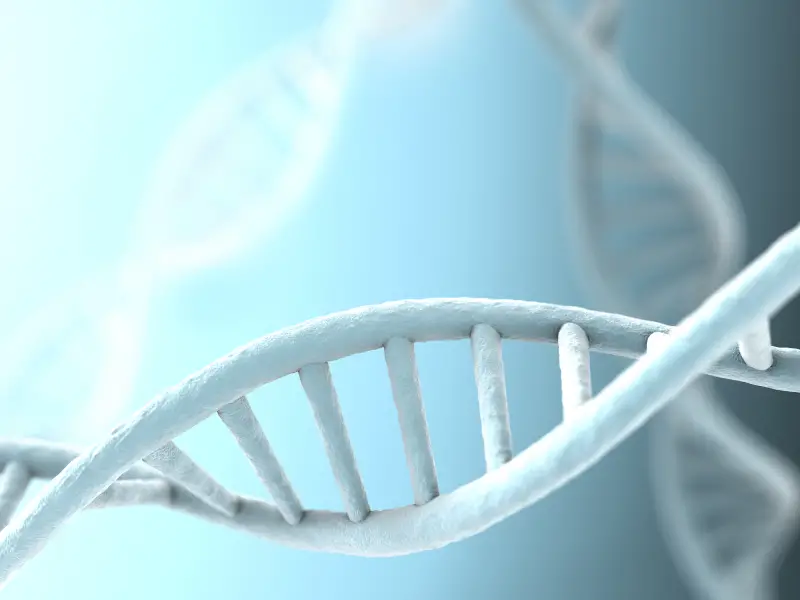
In a proof-of-concept study published this spring, researchers revealed that animal DNA can be collected from air sampling. The study’s authors have dubbed this DNA “airDNA,” and it could open up a lot of possibilities for better understanding the world around us.
Most of us—perhaps due to the prevalence of crime dramas—are used to the idea that DNA can typically only be collected from bodily fluids or things like stray hairs found on clothing. But in fact there is something known as environmental DNA, or “eDNA,” which can be collected from non-biological substrates like water. eDNA has already been used quite a bit in recent years for biosurveillance and tracking species in aquatic ecosystems. (Check out this study in Nature that used eDNA metabarcoding to track biodiversity in a tropical marine environment.)
eDNA in the air
has been little studied so far, but the results from the proof-of-concept are
promising. The authors suggest that extensive field-based testing will need to
be done as a part of next steps, but they are already optimistic that there
will be a “rapid expansion of this novel field of analysis.”
While forensic experts will surely be anxious to learn about the potential application of airDNA to their investigative work, scientific researchers in areas ranging from the life sciences to agriculture to climate science have good reason to be interested in this development. eDNA has been used in marine ecosystems to track both endangered and invasive species – to be able to also do that on land could be enormously helpful as scientists assess how climate change is impacting the movement of flora and fauna in different regions, for example.
The study of eDNA in general could possibly tie into a number of the UN’s Sustainable Development Goals, including Clean Water and Sanitation, Climate Action, Life Below Water, Life on Land and others. Which just goes to show how broadly impactful life sciences research can be. We look forward to seeing how the research around both environmental DNA and airDNA in particular continues to develop.